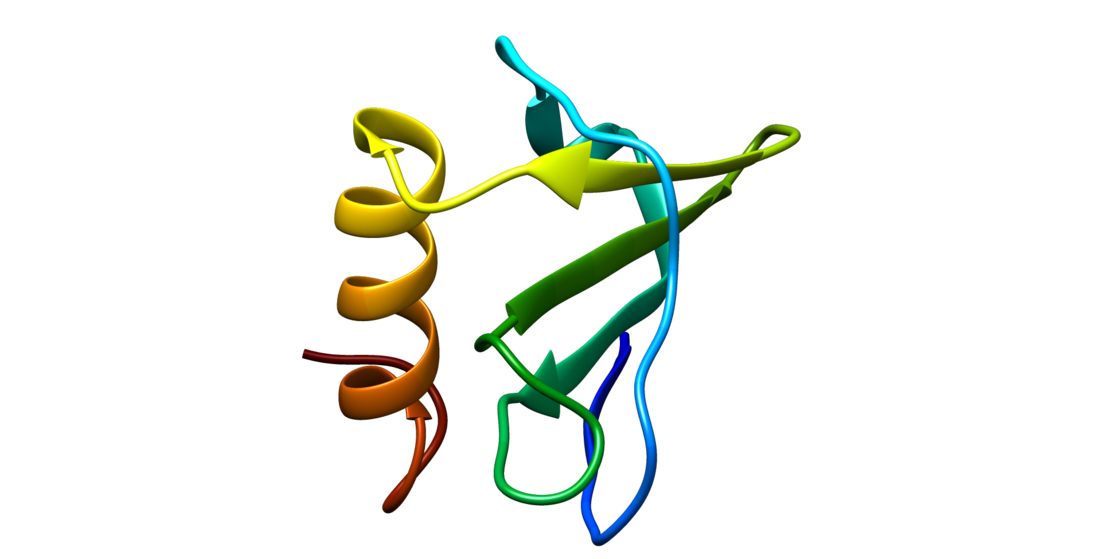Top Qs
Timeline
Chat
Perspective
CXCL13
Mammalian protein found in humans From Wikipedia, the free encyclopedia
Remove ads
Chemokine (C-X-C motif) ligand 13 (CXCL13), also known as B lymphocyte chemoattractant (BLC) or B cell-attracting chemokine 1 (BCA-1), is a protein ligand that in humans is encoded by the CXCL13 gene.[5][6]
Remove ads
Function
CXCL13 is a small chemokine belonging to the CXC chemokine family. As its other names suggest, this chemokine is selectively chemotactic for B cells belonging to both the B-1 and B-2 subsets, and elicits its effects by interacting with chemokine receptor CXCR5.[5][7] CXCL13 and its receptor CXCR5 control the organization of B cells within follicles of lymphoid tissues[8] and is expressed highly in the liver, spleen, lymph nodes, and gut of humans.[5] The gene for CXCL13 is located on human chromosome 4 in a cluster of other CXC chemokines.[6]
In T lymphocytes, CXCL13 expression is thought to reflect a germinal center origin of the T cell, particularly a subset of T cells called follicular B helper T cells (or TFH cells). Hence, expression of CXCL13 in T-cell lymphomas, such as angioimmunoblastic T-cell lymphoma, is thought to reflect a germinal center origin of the neoplastic T-cells.[9]
Remove ads
References
External links
Wikiwand - on
Seamless Wikipedia browsing. On steroids.
Remove ads





